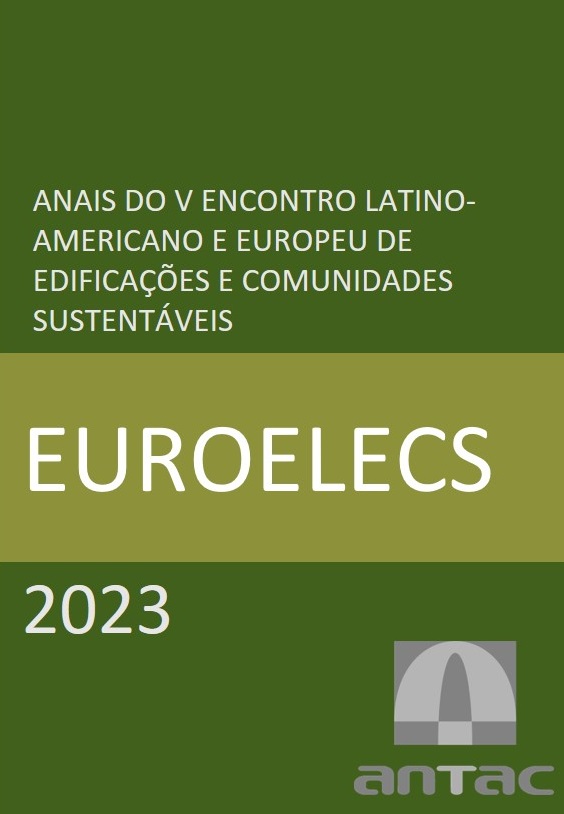The importance of parameterization in simulating artificial lighting in indoor environments
Keywords:
Artificial lighting simulation for indoor environments, Luminaire parameterization, Luminous performance analysis, Visual comfortAbstract
Digital technologies play a crucial role in assessing the luminous performance of buildings, facilitating the search for more efficient design solutions. However, it is important to emphasize that without proper parametrization of the elements used in simulations, the obtained results may be inconsistent, affecting both lighting and shadow effects as well as the calculated values. Therefore, the objective of this study is to elucidate the impact of luminaire parameterization on internal artificial lighting studies by manipulating their input parameters, such as luminous distribution, efficiency, and angle of incidence. In this context, it is relevant to mention the use of Revit and DIALux Evo software. Revit was used in both constructing the test environment and conducting the simulations. DIALux Evo was selected due to its specialization in the subject, serving as a reference to assess the accuracy of the simulations performed in the former software. It is worth noting that while the scenario generated by Revit closely approximates DIALux Evo, it tends to be somewhat optimistic regarding illuminance, which may result in undersizing the lighting project.
References
Addor, M.R.A, de Almeida Castanho, M.D, Cambiaghi, H., Delatorre, J.P.M, Nardelli, ES, & de Oliveira, A.L (2010). Colocando o" i" no BIM. arq. urb , (4), 104-115. Disponível em:
Eastman, Chuck. (2008). BIM Hanbook: a guide to Building Information Modeling for Owners, Managers, Designers, Enginerrs and Constractors.New Jersey: Jonh Willey & Sons, 490p.
Justi, A. R. (2008) Implantação da Plataforma Revit nos escritórios Brasileiros. Gestão e Tecnologia de Projetos, Rio de Janeiro, p. 140-152.
Moraes, J. S. de Muros Alcojor, A, Bittencourt, L.S. (2020). Avaliação integrada do desempenho visual e eficiência energética pelo DIAlux evo 8 para projetos de iluminação artificial. PARC Pesquisa em Arquitetura e Construção, Campinas, SP, v. 11, p. e020005. ISSN 1980-6809.
Papadopoulos, N. A., Sotelino, E. D., Martha, L. F., Nascimento, D. L. M., & Faria, P. S. (2017). Avaliação da integração entre uma plataforma BIM e uma ferramenta de análise estrutural. Sistemas & Gestão, 12(1), 108-16.
Rocha, P.E.D. (2022). Instalações Elétricas Prediais. Luminotécnica: EdUERJ. p. 43-66.
Tenedini, E. M., & de Faria, L. O. P. L. (2019). Materiais paramétricos: um estudo de caso. MIX Sustentável, 5(3), 73-80.
Waas, L. (2022). Review of BIM-Based Software in Architectural Design: Graphisoft Archicad VS Autodesk Revit. Journal of Artificial Intelligence in Architecture, 1(2), 14-22.

